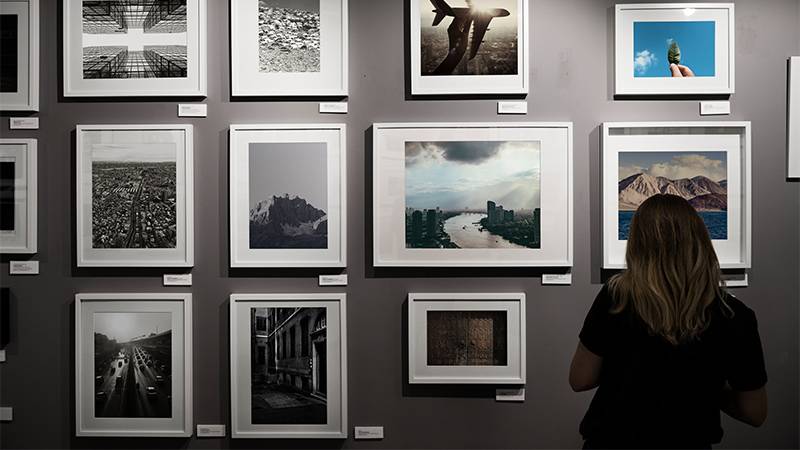As the global climate crisis intensifies, artists and cultural institutions around the world are using immersive art installations to stimulate conversation, inspire change, and envision a more sustainable future.
Over the past decade, artists have engaged audiences through exhibitions designed to deepen our emotional, psychological, and spiritual response to climate change. Take for instance the 2009 exhibition ‘Earth’ at the Royal Academy, which broke ground by using abstract art to delve into climate change or the more recent ‘Dear Earth’ exhibit at the Hayward Gallery that showcases the work of 15 international artists.
BBC’s Earth Experience, a novel exhibition in west London, borrows from the television series ‘Seven Worlds, One Planet’. Visitors experience different continents through digital screens and narrations by David Attenborough. However, it is the Eden Project in Cornwall, featuring a multisensory rainforest experience and other unique installations, that stands out.
Opened in 2001, the Eden Project attracts over a million visitors annually, immersing them in a botanical wonderland. Interactive features and augmented reality exhibitions like ‘Seeing the Invisible’ prompt visitors to imagine the planet from non-human perspectives. Senior arts curator at Eden Project, Misha Curson, underscores the power of such immersive experiences, arguing that they are more potent than tales of environmental disasters frequently relayed by the media.
Luke Kemp, curator of ‘Our Time on Earth’, echoes these sentiments, stating, “These exhibitions can tangibly help people visualize what a different world can look like.” However, the efficacy of these efforts remains a topic of debate. According to The Guardian, a study by the Norwegian University of Science and Technology found that although Michael Pinsky’s Pollution Pods exhibit sparked intentions to act on climate change, very few attendees followed up with the suggested actions.
The aim of these exhibitions is to offer a preview of the near future: but they also show what’s in the pipeline to change the timeline. The hope behind the work of attractions such as the Eden Project is not only to show a glimpse of the future but also to spur change. “These exhibitions can tangibly help people visualise what a different world can look like,” says Our Time on Earth curator Luke Kemp. “We felt that historically a lot of exhibitions and experiences depicted the problem of the climate crisis.”
Meanwhile, other researchers defined four categories of environmental art – comforting utopia, challenging dystopia, mediocre mythology, and awesome solutions. They found that only artworks from the “awesome solutions” category, those offering beautiful and viable solutions, made a positive behavioral impact.
Despite this, there are skeptics like Malcolm Miles, author of ‘Art Rebellion: The Aesthetics of Social Transformation’, who argue that overly fantastical representations can desensitize viewers and lead to inaction. He cautions against the danger of bad art and poorly implemented immersive technologies.
Nevertheless, as Miles points out, there is hope when art imagines and showcases alternative futures. If treated as practical rather than fantastical, artists’ solutions could inspire a brighter, more sustainable tomorrow. Much like the predictions made on the BBC’s pioneering science show, ‘Tomorrow’s World’, which ran from 1965 to the 90s, a potential future is forecast, and the impact of these visions should not be underestimated.
In a world grappling with an escalating climate emergency, such creative endeavors offer a means of communicating the urgency of the crisis. By blending art, technology, and science, these immersive experiences provide a unique lens to view the potential futures of our planet, acting as a catalyst for conversation and, hopefully, climate action.
More inspiring green news similar to this:


